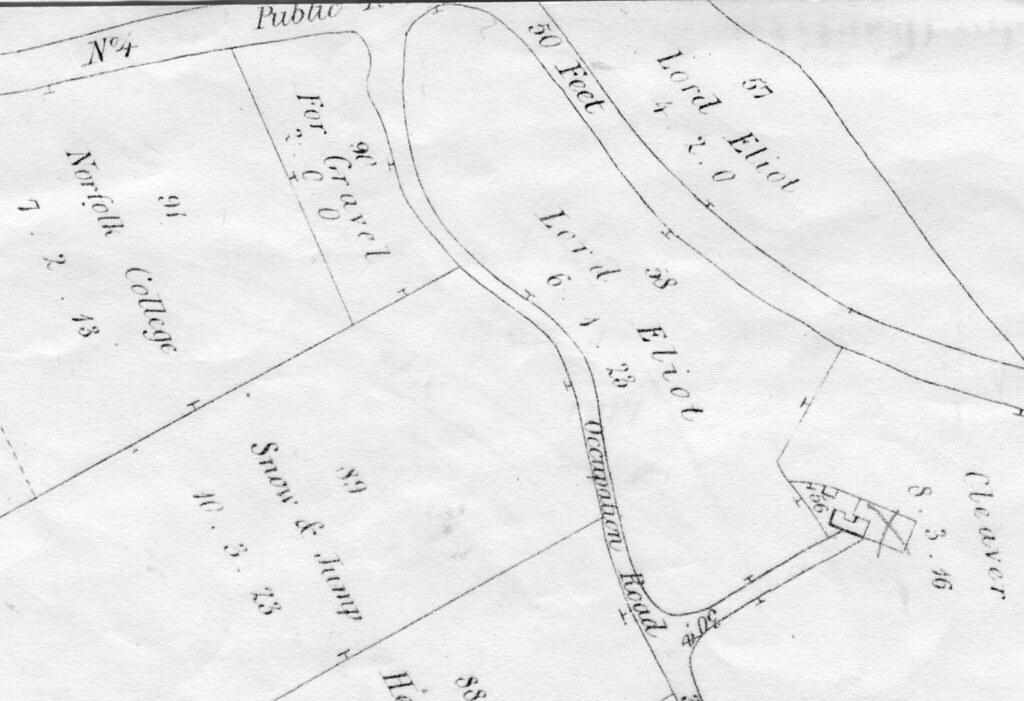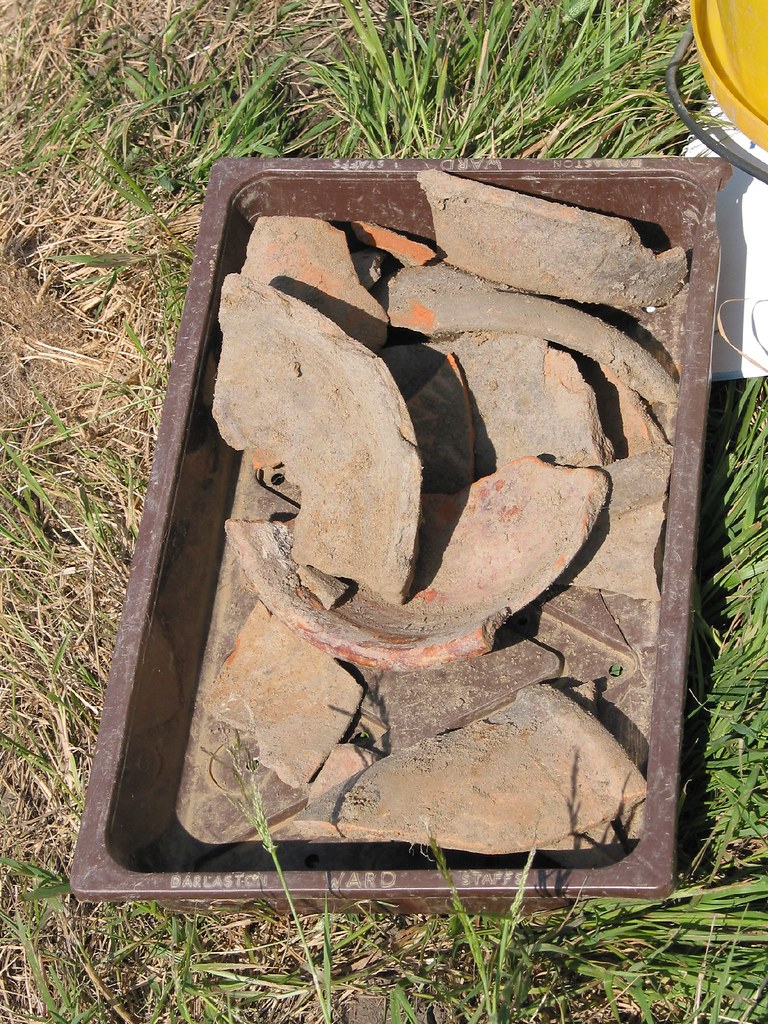Three significant Roman artefacts have been found in Sydenham: a bronze serpent and two bronze tablets.…Sydenham Hill is an ancient boundary between the parishes of Lewisham and Camberwell. When was it first formed? Does it have a Roman origin? … the Romans did at least walk across Sydenham Common (included most of Upper Sydenham), as a major Roman artefact was discovered there, which I plan to try and locate soon; perhaps somebody has a high quality photo of this already or knows what museum it's located in?
The earliest reference I’ve been able to find to these items is in the 1811 edition of “The Environs of London” by Daniel Lysons which says: “In the year 1806 some Roman antiquities were found by a labourer as he was digging in a gravel pit on Sydenham Common; the most remarkable were two fragments of inscribed tablets of copper, containing part of a decree of the Emperor Trajan in favour of veterans of the auxiliary cohorts, serving in Britain.”
According to Samuel Lysons (Daniel’s brother) they were “in the possession of Mr Kerval of Sydenham and have been presented by him to the British Museum”. A catalogue of the contents of the British Museum published in 1855 says that Kerval gave them to the museum in 1813.
Thus, in summary, three Roman artefacts were found in a gravel pit in Upper Sydenham in 1806. They were acquired by George Kerval (who ran a school, the Sydenham House Academy, on Peak Hill). He donated them to the British Museum in 1813.
The bronze serpent has been photographed:

There seem to be no photographs of the tablets but they have been drawn, and described in detail, in “Roman Inscriptions of Britain” (published in 1990). I’ve uploaded the relevant pages here although, to be honest, it is so technical that I can't make much sense of it.
When the author of one local book wanted to inspect the tablets they were told they were in storage some distance from London, and it was not be possible to see them.
We may never know the precise location of these items, but the Sydenham Common enclosure map of 1819 suggests a possible site. This extract from the enclosure map shows the junction of Wells Park Road (shown as “occupation road”) and Sydenham Hill. Most plots of land have the name of the owner but one plot, on the present site of St Clements Heights, is marked “For Gravel”:










